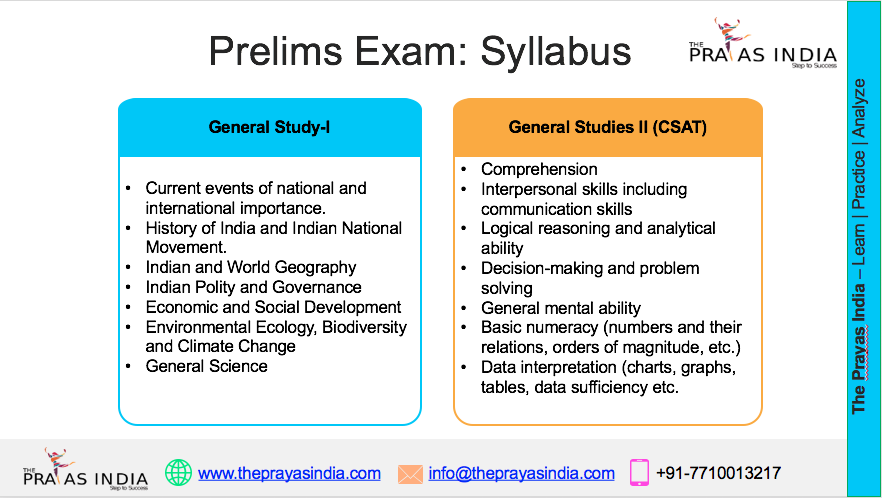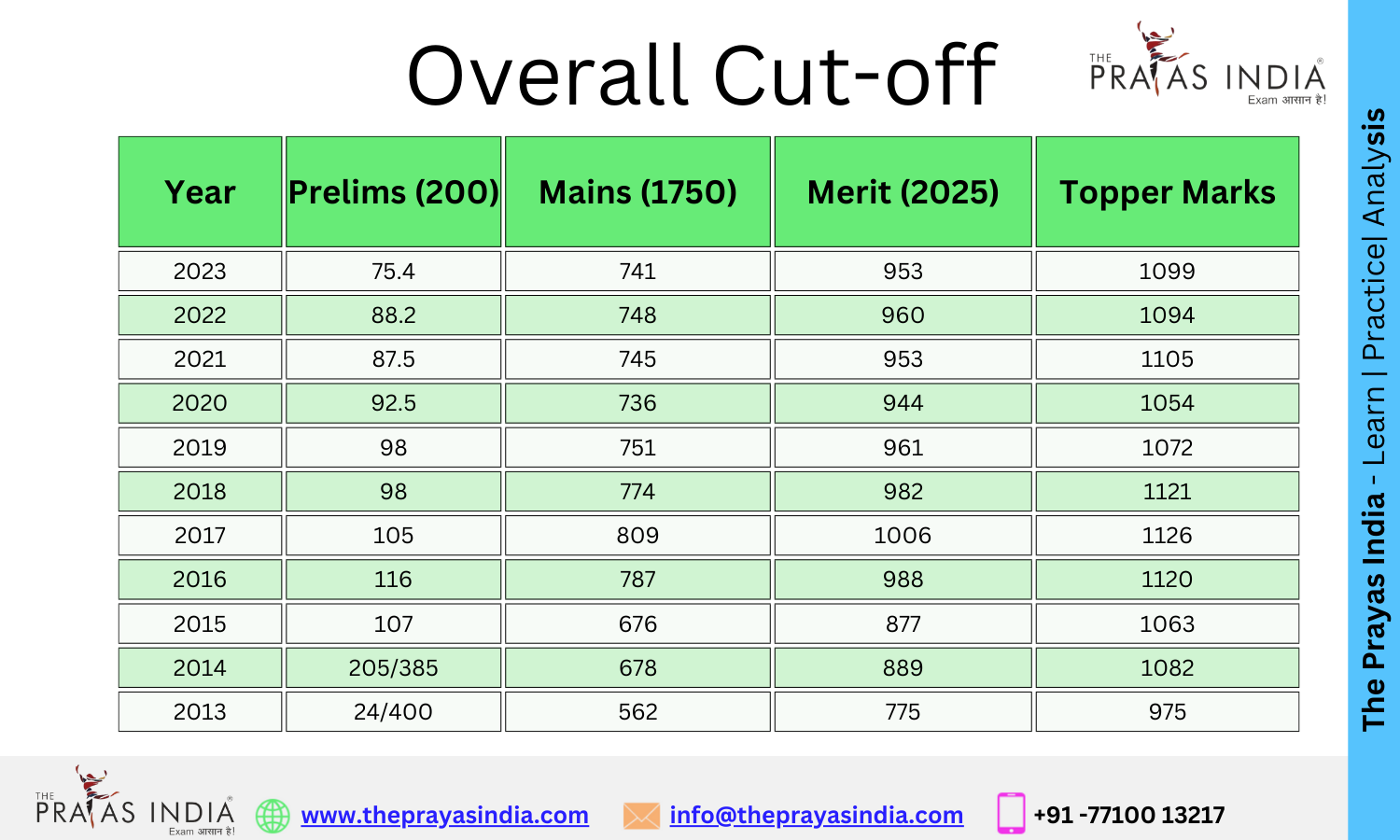Budget 2024-25: Key Highlights and Focus Areas
On July 23, 2024, Finance Minister Ms. Nirmala Sitharaman presented the Union Budget for the fiscal year 2024-25. The figures for the 2023-24 fiscal year are provisional and unaudited.
Focus Areas
The Union Budget continues to emphasize four key demographic groups: ‘Garib’ (the Poor), ‘Mahilayen’ (Women), ‘Yuva’ (Youth), and ‘Annadata’ (Farmers).
Budget Theme
The 2024-25 budget highlights significant allocations towards employment, skilling, support for MSMEs, and the middle class. A notable ₹1.48 lakh crore has been designated for education, employment, and skilling initiatives.
Budget Priorities
This year, the budget focuses on nine critical areas: agriculture, employment, human resource development, manufacturing, services, urban development, energy security, infrastructure, innovation, research & development, and next-generation reforms.
Priority 1: Productivity and Resilience in Agriculture
To boost agricultural productivity and resilience, the government plans to release 109 new high-yield crop varieties and promote natural farming among one crore farmers. The establishment of 10,000 bio-input resource centres aims to enhance the production, storage, and marketing of pulses and oilseeds, striving for self-sufficiency. A substantial ₹1.52 lakh crore has been allocated to agriculture and allied sectors. Furthermore, the implementation of Digital Public Infrastructure (DPI) will cover farmers and their lands within three years.
Priority 2: Employment & Skilling
To address employment and skilling, the budget introduces several schemes. A new Employment Linked Incentive scheme, along with skilling initiatives targeting 20 lakh youth over five years and the upgrading of 1,000 Industrial Training Institutes, is on the horizon. The Model Skill Loan Scheme has been revised to offer loans up to ₹7.5 lakh, benefiting 25,000 students annually.
Priority 3: Inclusive Human Resource Development and Social Justice
Enhancing economic activities among marginalized groups, the budget supports initiatives like the Purvodaya program, aiming to develop the eastern region of India—Bihar, Jharkhand, West Bengal, Odisha, and Andhra Pradesh. The Pradhan Mantri Janjatiya Unnat Gram Abhiyan will improve socio-economic conditions for tribal communities, covering 63,000 villages and benefiting five crore tribal people. Additionally, over 100 branches of the India Post Payment Bank will be set up in the North East, supported by a ₹2.66 lakh crore allocation for rural development and infrastructure.
Priority 4: Manufacturing & Services
The budget places a strong emphasis on MSMEs, introducing a self-financing guarantee fund with up to ₹100 crore per applicant. Public sector banks will improve their assessment capabilities for MSME credit, and Mudra loan limits will be raised to ₹20 lakh for ‘Tarun’ category borrowers. New initiatives include setting up 50 food irradiation units and 100 food quality labs, along with creating E-Commerce Export Hubs. Additionally, a scheme providing internships in 500 top companies will benefit one crore youth over five years.
Priority 5: Urban Development
PM Awas Yojana Urban 2.0 has been allocated ₹10 lakh crore to meet the housing needs of one crore urban poor and middle-class families, with ₹2.2 lakh crore in central assistance over five years. Collaboration with state governments and multilateral development banks will promote water supply, sewage treatment, and solid waste management in 100 large cities. Building on PM SVANidhi’s success, the government plans to establish 100 weekly street food hubs annually over the next five years.
Priority 6: Energy Security
The PM Surya Ghar Muft Bijli Yojana aims to provide free electricity (up to 300 units monthly) by installing rooftop solar plants for one crore households. Nuclear energy is also highlighted as a key component of India’s energy strategy.
Priority 7: Infrastructure
The government is committed to maintaining strong fiscal support for infrastructure, allocating ₹11,11,111 crore for capital expenditure, equivalent to 3.4% of GDP. Phase IV of the Pradhan Mantri Gram Sadak Yojana (PMGSY) will provide all-weather road connectivity to 25,000 rural habitations. In Bihar, ₹11,500 crore will be allocated for projects under the Accelerated Irrigation Benefit Programme and other schemes. Financial assistance will also support flood management in Assam, Himachal Pradesh, Uttarakhand, and Sikkim.
Priority 8: Innovation, Research & Development
The government will establish the Anusandhan National Research Fund, allocating ₹1 lakh crore to support basic research and prototype development. To expand the space economy fivefold over the next decade, a ₹1,000 crore venture capital fund will be set up.
Priority 9: Next Generation Reforms
Plans include an Economic Policy Framework, comprehensive labour reforms, and simplified FDI regulations to stimulate economic growth. The Jan Vishwas Bill 2.0 will be introduced to improve the Ease of Doing Business.
Other Highlights
- Economic Policy Framework: A guiding document for economic development and reforms.
- Labour Reforms: Integration of portals like e-shram, Shram Suvidha, and Samadhan for enhanced compliance ease.
- Climate Finance: A taxonomy to enhance capital availability for climate adaptation and mitigation.
- FDI and Overseas Investments: Simplified regulations to facilitate investments and promote the use of the Indian Rupee overseas.
- NPS Vatsalya: A plan for contributions by parents and guardians for minors, seamlessly converting to a normal NPS account upon reaching majority.
- New Pension Scheme (NPS): A committee to review and address issues while maintaining fiscal prudence.
Tax Reforms
The budget proposes comprehensive reforms in direct and indirect tax regimes, including revised income tax slabs, simplifications in tax compliance, and reforms in capital gains taxation. GST and custom duty rates will be rationalized, with exemptions for essential medicines and critical minerals to promote domestic manufacturing.
Budget Estimates 2024-25
For 2024-25, total receipts (excluding borrowings) are estimated at ₹32.07 lakh crore, with total expenditure at ₹48.21 lakh crore. Net tax receipts are estimated at ₹25.83 lakh crore, with a fiscal deficit projected at 4.9% of GDP. The government aims to reduce the deficit to below 4.5% next year. Gross and net market borrowings through dated securities are estimated at ₹14.01 lakh crore and ₹11.63 lakh crore, respectively.
The budget speech also highlighted India’s low and stable inflation, moving towards the 4% target, with measures to ensure the adequate supply of perishable goods.
The Budget 2024-2025 is a comprehensive blueprint aimed at fostering inclusive growth, enhancing productivity, and ensuring social justice. With strategic investments across agriculture, employment, urban development, energy, and infrastructure, the budget sets the stage for India’s journey towards becoming a developed nation.


![Prayas-लक्ष्य [UPSC CSE Target] The Prayas India](https://theprayasindia.com/wp-content/uploads/2021/08/Prayas-लक्ष्य-UPSC-CSE-Target-The-Prayas-India-300x167.png)

![Prayas Pre-भेदश [UPSC CSE Prelims Test Series] The Prayas India](https://theprayasindia.com/wp-content/uploads/2021/08/Prayas-Pre-भेदश-UPSC-CSE-Prelims-Test-Series-The-Prayas-India-300x167.png)










